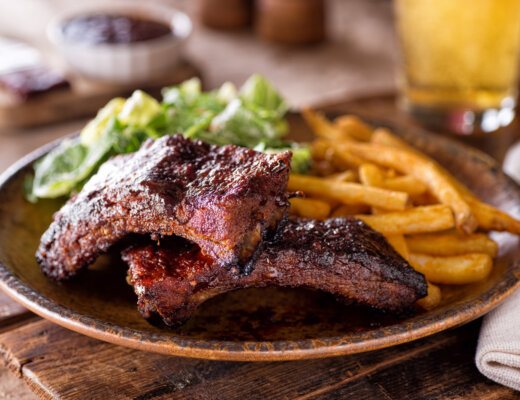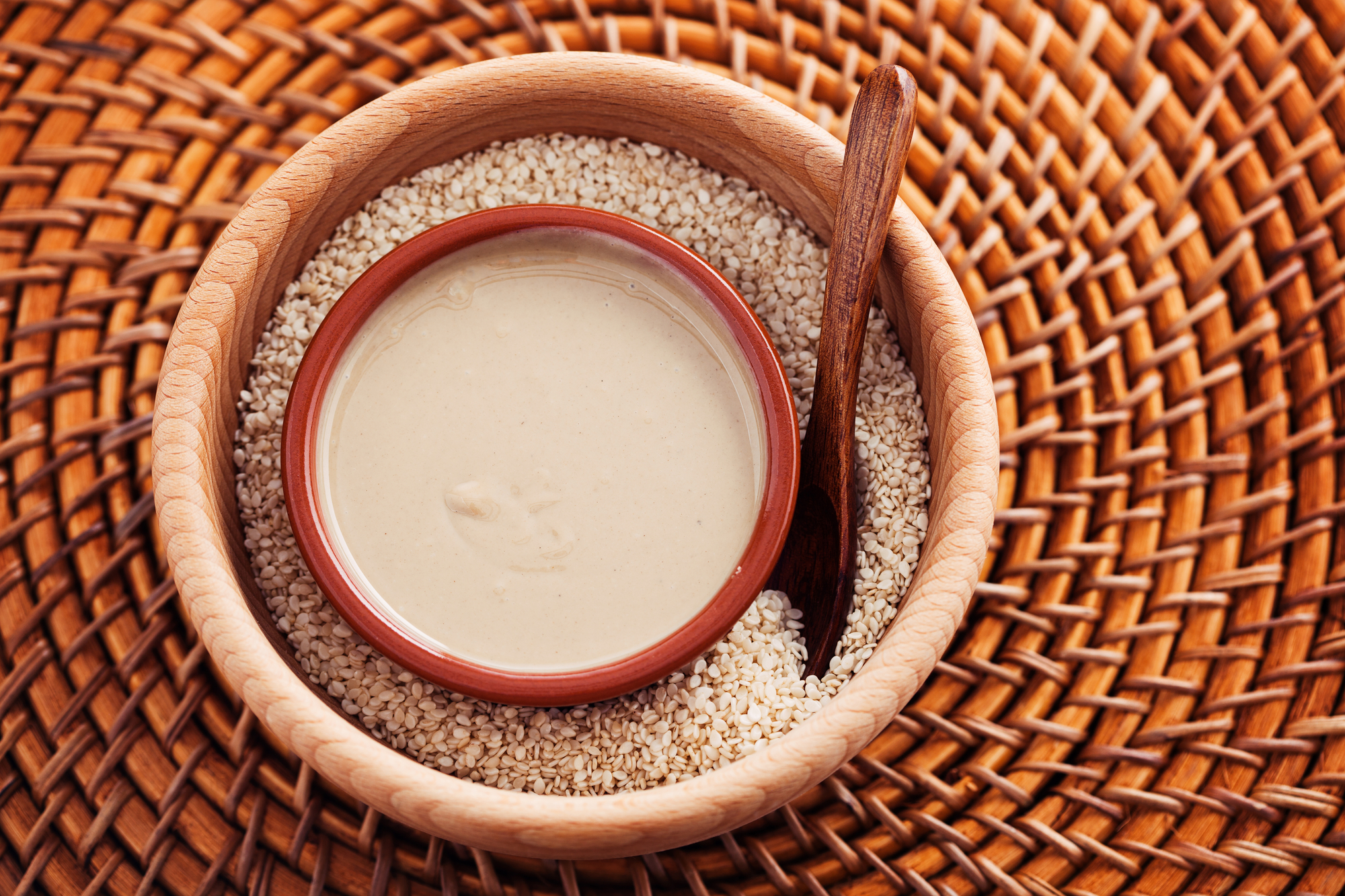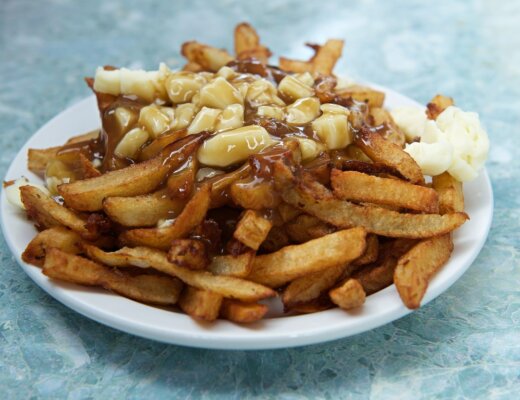Cheese soufflé is the epitome of French culinary elegance. This light, airy dish has a rich, cheesy flavor and a delicate, golden crust that makes it a favorite for special occasions and gourmet meals. Despite its reputation for being challenging to make, a cheese soufflé is actually quite approachable if you follow the right techniques. In this comprehensive guide, we’ll walk you through the process of making a perfect cheese soufflé, ensuring you impress your guests with a dish that’s as delicious as it is visually stunning.
Ingredients for Cheese Soufflé
To make a cheese soufflé, you’ll need the following ingredients:
For the Base (Béchamel Sauce):
- 2 tablespoons of unsalted butter: Forms the base of the béchamel sauce.
- 2 tablespoons of all-purpose flour: Thickens the sauce.
- 1 cup of whole milk: Provides creaminess and richness to the béchamel.
- 1/2 teaspoon of salt: Enhances the flavor of the sauce.
- 1/4 teaspoon of white pepper: Adds a mild spiciness without affecting the color.
- Pinch of ground nutmeg: For a subtle warmth and complexity.
For the Soufflé:
- 4 large eggs, separated: The yolks will enrich the soufflé, while the whites will be whipped into peaks to give the soufflé its signature rise.
- 1 cup of grated cheese: Gruyère is traditional, but you can also use Comté, Cheddar, or a mix.
- 1/4 teaspoon of cream of tartar: Stabilizes the egg whites, helping the soufflé rise.
- Extra butter and grated Parmesan (for coating the soufflé dish): Ensures the soufflé doesn’t stick and adds a delicious crust.
For Serving:
- Chopped fresh herbs (optional): Such as chives, parsley, or thyme for garnish.
- A light green salad: To complement the richness of the soufflé.
Step-by-Step Instructions
Step 1: Prepare the Soufflé Dish
Begin by preheating your oven to 375°F (190°C). Butter the inside of a 6-cup soufflé dish generously, making sure to cover all the sides. Sprinkle grated Parmesan cheese inside the dish, coating it evenly by tilting and rotating the dish. This not only prevents sticking but also adds an extra layer of flavor and texture.
Step 2: Make the Béchamel Sauce
In a medium saucepan, melt the butter over medium heat. Once the butter has melted, add the flour and whisk continuously for about 1-2 minutes to create a roux. This cooking process removes the raw taste of the flour.
Slowly pour in the milk, whisking constantly to prevent lumps. Continue to cook the mixture until it thickens, forming a smooth béchamel sauce. This should take about 3-4 minutes. Season the sauce with salt, white pepper, and a pinch of nutmeg. Remove the saucepan from heat and let it cool slightly.
Step 3: Incorporate the Egg Yolks
Once the béchamel has cooled slightly, add the egg yolks one at a time, whisking well after each addition. This step enriches the sauce, giving the soufflé a custard-like texture. Make sure the béchamel is not too hot, or the egg yolks may curdle.
Step 4: Add the Cheese
Stir in the grated cheese until it is fully melted and incorporated into the béchamel sauce. The type of cheese you choose will significantly impact the flavor of your soufflé, so select one that you enjoy. Gruyère is a classic choice, offering a nutty, slightly salty flavor that pairs beautifully with the richness of the soufflé base.
Step 5: Whip the Egg Whites
In a clean, dry bowl, use an electric mixer to beat the egg whites. Start on medium speed until they become frothy, then add the cream of tartar. Increase the speed to high and continue beating until stiff peaks form. The egg whites should be glossy and hold their shape when the beaters are lifted. This is the most critical step, as the air incorporated into the egg whites is what makes the soufflé rise.
Step 6: Fold the Egg Whites into the Cheese Mixture
Gently fold one-third of the whipped egg whites into the cheese mixture to lighten it. Be careful not to deflate the egg whites. Gradually fold in the remaining egg whites, using a rubber spatula to gently incorporate them until no white streaks remain. The key is to maintain as much air as possible in the mixture for a light and airy soufflé.
Step 7: Fill the Soufflé Dish
Pour the soufflé mixture into the prepared dish, filling it to about three-quarters full. Smooth the top with the spatula, and if you want a perfect rise, run your thumb around the inside edge of the dish to create a small trench. This helps the soufflé rise evenly and creates a beautiful “top hat” effect.
Step 8: Bake the Soufflé
Place the soufflé dish on a baking sheet and bake in the preheated oven for 25-30 minutes, or until the soufflé has risen and the top is golden brown. Avoid opening the oven door during baking, as the sudden change in temperature can cause the soufflé to deflate.
Step 9: Serve Immediately
Once the soufflé is done, remove it from the oven and serve it immediately. A soufflé begins to deflate as it cools, so it’s best to bring it to the table as soon as possible. Serve the soufflé with a light green salad to balance its richness.
Tips for a Perfect Cheese Soufflé
- Room Temperature Ingredients:
- For the best results, ensure that your eggs are at room temperature before starting. This helps the egg whites whip up to their fullest volume.
- Gentle Folding:
- When folding the egg whites into the cheese mixture, use a light hand to preserve the air bubbles. This will ensure your soufflé rises high and stays light.
- Avoid Over-Mixing:
- Mix the egg whites and cheese base just until combined. Over-mixing can deflate the egg whites, resulting in a dense soufflé.
- Serve Immediately:
- Soufflés are best enjoyed right out of the oven, as they start to deflate as they cool. Have everything ready to serve as soon as the soufflé is baked.
- Practice Makes Perfect:
- Don’t be discouraged if your first soufflé doesn’t rise as expected. Soufflés can be tricky, but with practice, you’ll get a feel for the right techniques.
Variations and Serving Suggestions
Herbed Cheese Soufflé
Add finely chopped fresh herbs like chives, parsley, or thyme to the cheese mixture for an herbed variation. The herbs add a fresh, aromatic element that complements the richness of the cheese.
Spicy Cheese Soufflé
For a spicy twist, add a pinch of cayenne pepper or a dash of hot sauce to the béchamel sauce before folding in the cheese. This adds a subtle heat that pairs well with the creamy, cheesy base.
Cheese and Ham Soufflé
Incorporate small cubes of cooked ham or prosciutto into the cheese mixture before folding in the egg whites. The ham adds a savory, meaty element to the soufflé, making it more substantial.
Cheese Soufflé with Truffle Oil
For a luxurious touch, drizzle a small amount of truffle oil into the cheese mixture before folding in the egg whites. The earthy, aromatic flavor of truffle pairs beautifully with the nutty cheese.
Troubleshooting and FAQs
Why did my soufflé deflate?
Soufflés are delicate and can deflate for several reasons. The most common causes are opening the oven door during baking, over-mixing the egg whites, or not serving the soufflé immediately after baking. While deflation is natural as the soufflé cools, following these tips can help minimize it.
Can I prepare the soufflé in advance?
It’s best to bake a soufflé immediately after preparing the mixture, as the whipped egg whites will start to lose their air over time. However, you can prepare the béchamel and cheese base a few hours in advance and refrigerate it. Just bring it to room temperature before folding in the egg whites and baking.
What kind of cheese should I use?
Gruyère is the classic choice for cheese soufflé, offering a nutty, slightly sweet flavor. However, you can experiment with other cheeses like Comté, Emmental, or sharp Cheddar. Just be sure to use a cheese that melts well.
Can I make a soufflé without a soufflé dish?
Yes, you can use other oven-safe dishes like ramekins or a small casserole dish. The cooking time may vary depending on the size of the dish, so keep an eye on the soufflé as it bakes.
Conclusion
Mastering the cheese soufflé may seem intimidating, but with careful attention to detail and a bit of practice, you can achieve a beautifully risen, light, and flavorful dish that’s sure to impress. The key lies in properly whipping and folding the egg whites, as well as serving the soufflé as soon as it comes out of the oven. Whether you’re making it for a special occasion or just to indulge in a gourmet meal, a cheese soufflé is a dish that embodies the elegance and technique of classic French cuisine. So gather your ingredients, follow these steps, and enjoy the delightful experience of creating—and eating—a perfect cheese soufflé!




